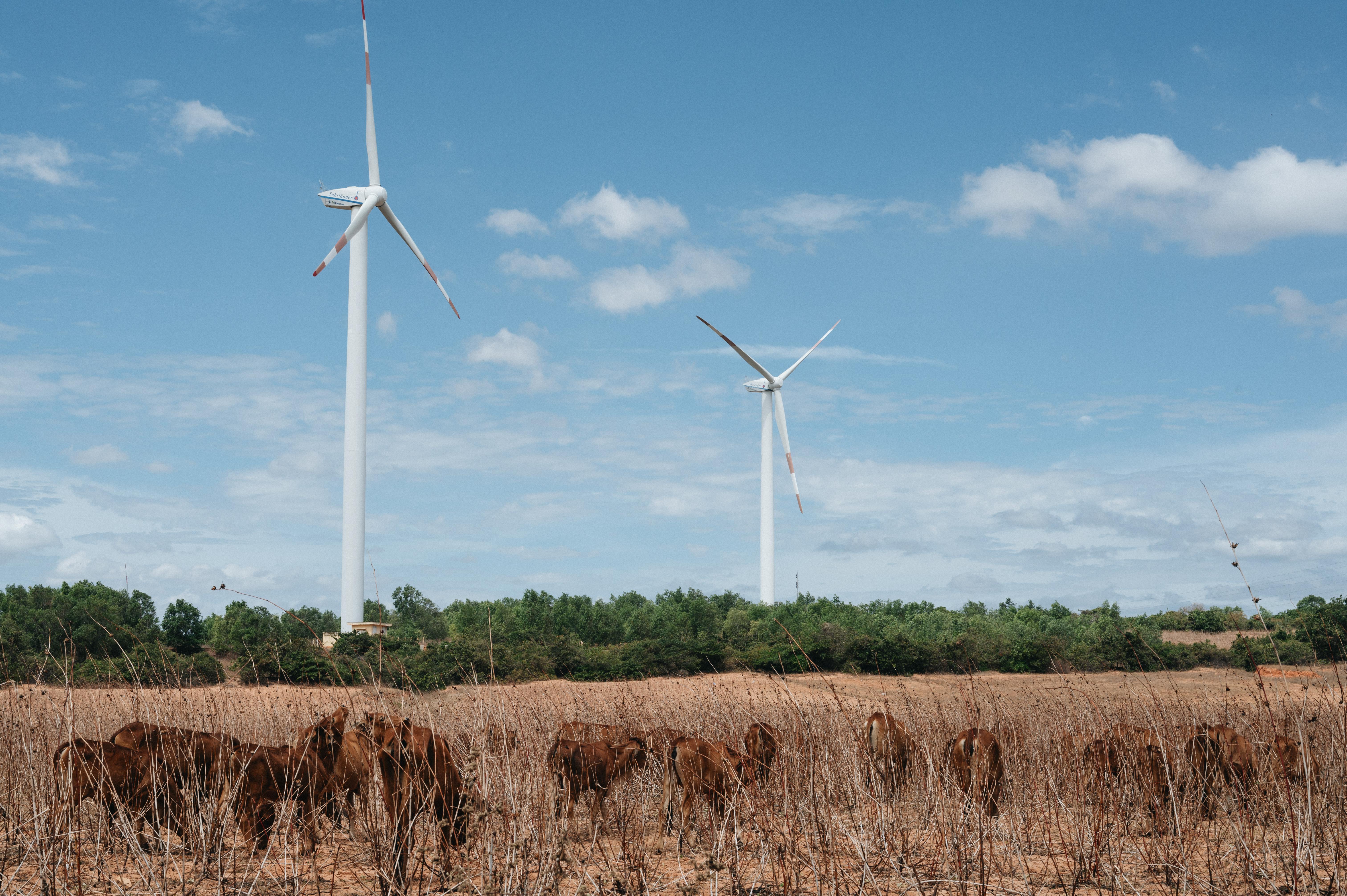You’re standing at the crossroads of energy consumption and it’s time to make a choice. The article “Transitioning to Clean Energy: How Do I Make the Switch Now?” serves as your compass, gently guiding you towards a more sustainable lifestyle. Filled with actionable steps, it’s designed to make your path towards eco-friendly energy choices as smooth as possible. You’ll learn how you can transform your daily habits and become an active contributor to the preservation of our environment, one kilowatt at a time. Let’s embark on this journey together and illuminate our paths with clean, renewable energy.

Understanding Clean Energy
Definition of Clean Energy
Clean energy refers to any energy source that comes from natural elements and forces. Essentially, it’s power that’s drawn from the sun, wind, water, and even the heat underneath the earth’s surface. These energy sources are commonly referred to as renewable because they’re continually replenished by nature.
Different Kinds of Clean Energy Sources
Fortunately for you, there’s no shortage of clean energy types that you can utilize. Solar energy, for instance, harnesses the sun’s power to produce electricity. Meanwhile, wind energy utilizes the breeze to generate power. You also have hydropower, which involves using water to produce electricity, and geothermal energy, where heat from inside the earth is harnessed for power. Then there’s biomass energy, which entails converting organic materials (like plant matter) into fuel.
Benefits of Transitioning to Clean Energy
Transitioning to clean energy can be one of the best decisions you make. Not only will you enjoy cost savings in the longer run, but you’ll also minimize your environmental footprint. Clean energy is a great way to combat climate change as it doesn’t produce harmful emissions. It’s also a step towards energy independence, reducing reliance on traditional power sources which may face instability or price fluctuations.
Preparatory Steps in Transitioning to Clean Energy
Assessing Current Energy Use
The initial step towards adopting clean energy is understanding your existing energy consumption. You can do this by examining your energy bills or speaking to your service provider to get a clear view of your energy usage.
Determining Your Clean Energy Needs
Once you understand your current energy usage, you need to determine your potential clean energy requirements. Each clean energy source produces a different amount of power, and you’ll want to select the right one for your needs.
Setting Up Your Budget
As with any project, a budget must be established to manage costs effectively. While clean energy sources offer long-term financial benefits, the initial setup can involve upfront costs—which should be factored into your budgeting process.
Selecting the Right Clean Energy System
Understanding the Different Clean Energy System Options
You have several clean energy options available, each with its pros and cons. The effectiveness and viability of each depend largely on your geographical location and the natural resources available.
Evaluating the Effectiveness of Each Type
Different clean energy systems offer varying levels of efficiency and reliability. Solar power, for example, requires sunlight, making it less effective in areas prone to cloudy weather. Ensure you evaluate each source’s effectiveness in your region before choosing one.
Choosing a System That Matches Your Needs and Budget
Once you’ve explored your options, it’s time to identify which clean energy system matches your needs and budget. Consider both the initial setup costs and any ongoing maintenance or operating costs.
Utilizing Solar Energy
Benefits of Solar Energy
Solar energy is both abundant and eco-friendly. It enables you to produce electricity without creating air or water pollution. The cost of installing solar power systems has been decreasing, making it an increasingly affordable option.
Installing and Maintaining Solar Panels
Installing solar panels requires planning. You need to ensure your chosen site gets plenty of sunlight. Once installed, solar panels require minimal maintenance, mainly in the form of regular cleaning and occasional checks by a professional.
Understanding Solar Power Storage and Backup Options
Solar power only produces energy during the day. Therefore, investing in battery storage systems can enable storing excess power generated for use during the night or cloudy days. You should also consider a backup power source, like a generator, in case of extended periods of no sun.

Harnessing Wind Energy
Understanding the Concept of Wind Power
Wind power involves capturing energy produced by the wind and converting it into electricity. This is typically done using wind turbines, which rotate when the wind blows, generating power.
Applicability and Effectiveness of Wind Turbines
Wind energy’s effectiveness is highly dependent on the windiness of your location. Areas with regular and strong winds are most suitable for wind energy generation.
Installation and Maintenance of Wind Energy Systems
Installing wind turbines involves constructing a sturdy base and assembling the turbine components. Regular maintenance is required to ensure efficient operation, including regular inspections and occasional part replacements.
Capitalize on Hydropower
Basics of Hydropower
Hydropower involves harnessing the kinetic energy of moving water to produce electricity. This can be achieved by installing a turbine in a flowing water source like a river.
Determining if Hydropower is a Viable Option
Before investing in hydropower, assess if you have a suitable water source nearby. Also, consider whether the water flow is consistent enough to generate a significant amount of power.
Setting Up and Maintaining a Hydropower System
Initial setup of a hydropower system involves installing a turbine and generator in a water source. Ongoing maintenance involves regular inspections and occasional part replacements to maintain efficiency.

Investing in Geothermal Energy
Explaining Geothermal Energy
Geothermal energy involves harnessing the heat within the earth’s crust to generate electricity or heat buildings. This type of power is highly efficient and can be harvested through geothermal power stations or more local heat pump systems.
Evaluating the Viability of Geothermal Power in Your Area
Geothermal energy is most viable in areas with significant geothermal activity. Hence, it’s essential to determine whether your region is suitable for harnessing this type of energy.
Installing and Maintaining a Geothermal System
Installing a geothermal system involves digging deep into the earth’s crust to harness heat, which requires professional expertise. Maintenance involves regular checks to ensure system integrity and efficiency.
Making Use of Biomass Energy
Introduction to Biomass as an Energy Source
Biomass energy involves converting organic waste materials into fuel sources. This can include agricultural waste, wood waste, and even household waste.
Advantages and Challenges of Biomass Energy
While biomass energy can be a highly efficient and cost-effective power solution, it does have challenges. Harvesting materials and processing them can be labor-intensive and requires careful management to ensure sustainability.
Setting Up a Biomass Energy System
Biomass energy systems involve complex setup processes, including establishing a collection system for organic materials and an energy plant to convert these materials into fuel. Regular maintenance is required to sustain optimal efficiency.
Involving Expertise and Industry Professionals
Roles of Energy Consultants and Contractors
As you consider transitioning to clean energy, involving skilled professionals can be invaluable. Energy consultants can evaluate your energy needs and recommend the most suitable solutions, while contractors can carry out the installation procedures.
Choosing the Right Service Providers
Choosing the right service provider is essential. Look for professionals with a reputable track record, extensive experience, and deep knowledge in the field of clean energy.
Understanding the Costs for Professional Services
While hiring professionals involves costs, their expertise can save you significant time and money in the long run by ensuring you select the most efficient energy solution. Ensure you understand the cost structure before committing to any services.
Overcoming Challenges to Clean Energy Transition
Identifying Potential Hurdles
Transitioning to clean energy can involve challenges, such as initial setup costs, finding suitable energy sources, and managing the installation process. It’s crucial to identify these potential hurdles at the outset.
Recommendations for Overcoming these Challenges
Appropriate steps such as enlisting professional help, carrying out detailed research, and planning a structured approach to transition can help overcome these challenges. Engage with local community groups or regional energy initiatives for guidance and support.
Seeking Assistance and Resources
Several resources are available to help you through your clean energy transition, from government incentives to online guides and forums. Remember, you’re not alone in this journey, so don’t hesitate to seek assistance when needed.
The transition to clean energy might seem daunting, but with the right knowledge, planning, and help from professionals, you can navigate this journey successfully. The potential environmental and financial benefits make it a worthwhile venture. Happy transitioning!
